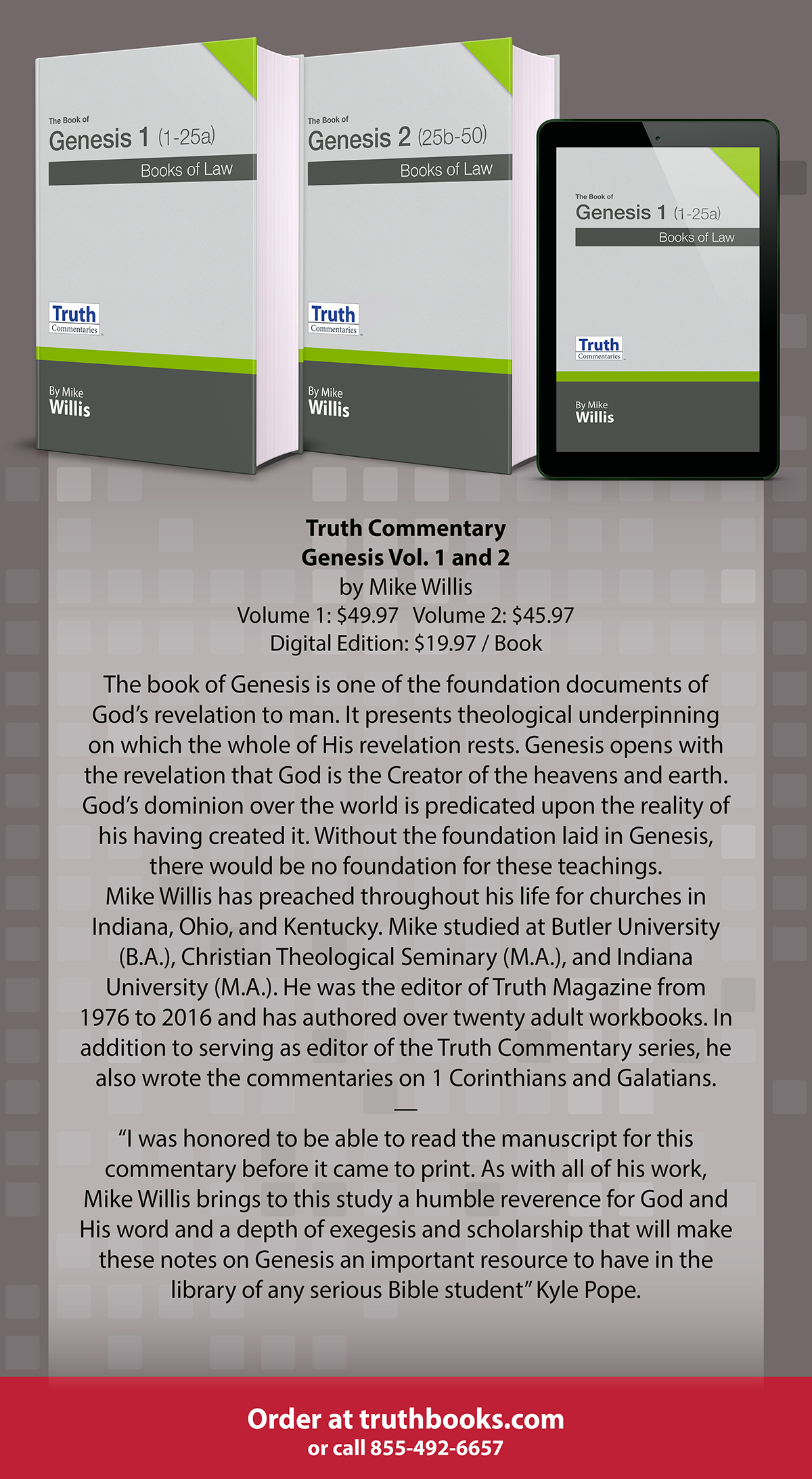
by Jeff Wilson
Synopsis: John heralded Jesus as “the Lamb of God who takes away the sins of the world” (John 1:29). This imagery reminds us of Isaiah’s prophecy (53:7), and Peter’s declaration regarding the price of human redemption (1 Pet. 1:8-19).
by Jeff Wilson "The Lamb of God" is one of the oddest designations for the Son of God. Other names and titles we get, they make sense: King of kings and Lord of lords; Wonderful Counselor; Mighty God; Everlasting Father; and the Prince of Peace. The expression, "Son of David," immediately makes us think of the promised Messiah as a powerful King and mighty warrior, based in covenanted hope, and found in the New Testament in faithful fulfillment.
Yet, this odd designation is, in its own way, one of the most familiar. The language of "lamb" intuitively takes us into the world of sacrifices and blood, sin, and forgiveness. From the Pentateuch to Isaiah 53 to the Gospels, the image of the sacrificial lamb is developed into the fullness of its meaning: the crucified Messiah, Jesus as the ultimate and true Passover lamb, was sacrificed so that, through His blood, sins can be truly forgiven and allow for God to pass over His people when He judges the world. To commemorate this event, we weekly eat His body and drink His blood, just as did countless generations of Jews with their annual Passover observance. Paul alludes to this view of Jesus when he explicitly calls Jesus our "Passover" that has been sacrificed (1 Cor. 5:7).
For all its familiarity, designating Jesus as "the lamb" is unique to John's writings. In the first chapter of John, the apostle records John the Baptist heralding Messiah Jesus as "the Lamb of God" who takes away the sin of the world. This distinctive title becomes a theme in that same gospel so that, late in the book, when the final hours of Jesus are retold, John, uniquely among the gospels, keeps the focus on the crucifixion coinciding with the Passover. He explains Pilate's Passover tradition of a prisoner release (18:39), notes that the Jewish leaders demanding Jesus's crucifixion would not enter the governor's residence lest they become unclean for the Passover (18:28). When the fateful decision to crucify Jesus was made, John adds that it was the day of preparation for the Passover (19:14). Once Jesus was dead, John wants us to know that the Scripture was fulfilled that none of Jesus's bones was broken—just like a Passover lamb (19:31-36).
In John's first epistle, the apostle twice refers to why Jesus came to earth. In 1 John 3:5, he says that Jesus "appeared in order to take away sins." This is familiar enough: Jesus's death was a lamb-like sacrifice for the forgiveness of sins. Just a few lines later, John also affirms that Jesus appeared "to destroy the works of the devil" (3:8). This pivot in describing the purpose of Christ's coming paves the way for how John depicts the Lamb in the book of Revelation.
John develops this name and image most thoroughly in Revelation, where the Lamb is seen in His post-resurrection glory. In fact, "the Lamb" serves as the book's preferred title/name for Jesus. In chapter 5, John is told that the Lion of the tribe of Judah is worthy to open the sealed scroll in the hand of the One who sits on the throne. Then John startlingly sees, not an actual lion, but "a Lamb, standing as though it had been slain" (5:6). This is no ordinary lamb; rather, this Lamb has been sacrificed, and yet lives. It is described as having seven horns and seven eyes—details that symbolically show that this Lamb possesses the power and omniscience of Deity. The Lion of Judah may look like a Lamb, but He is not One with which to trifle. Near the end of the Apocalypse, when the forces of Satanic evil (symbolized as horrific beasts) seek to make war with the Lamb, they are utterly defeated as "the Lamb will conquer them, for He is Lord of lords and King of kings" (17:14).
This is a stunning change in behavior. In John's gospel, the Lamb on earth was meek and lowly, submitting to the injustice suffered at the hands of Jews and Romans alike as He died for the sins of the world (Isa. 53:7; John 18:3-12; 19:9-10). Yet, after the resurrection, the revivified Lamb of Revelation—now glorified and vindicated by God in His own time and way—is authorized to make overwhelming war against His enemies.
In this revelation of the Lamb in glory and power, we have a symbolic glimpse of how the Lamb's followers are meant to live their lives. In the world, we are acculturated to pursuing our own vengeance. Yet in the Lamb's example, we see His earthly sojourn (and by extension, ours) marked by a meekness that endures persecution for righteousness's sake, turns the other cheek, refuses to return evil for evil, but instead, loves the enemy for the sake of his possible salvation. 1 Peter 2:19-25 makes explicit that we are to follow the Lamb—to slaughter if necessary—as we (like Him) entrust our souls to a faithful Creator in doing what is right (cf. 1 Pet. 4:19). This following of the Lamb-shaped life allows us to participate in what Paul describes to Timothy: "If we endure, we will also reign with Him" (2 Tim. 2:12). The way to glory and relief from enemies is not to force our own justice and make our own righteousness, but rather (like the Lamb) wait in endurance for the time when God Himself offers us vindication and glorification at our resurrection at the Last Day.
The profundity of the gospel lies in the paradox of a horned Lamb standing as though it had been slain. In this way of revealing Jesus to us, we learn that real power is not the wielding of death and destruction—or unrighteous vengeance on those who wrong us. Pilate seems to have implicitly made this mistake when he confronted Jesus with the statement, "I have authority to release you and authority to crucify you" (John 19:10). Jesus rebuked Pilate with the observation that his governing authority was actually a derivative of heaven's higher authority. Jesus's response deflates the arrogance of power that has no higher ability (or threat) than the ability to kill and destroy. That is why the Lamb need not fear Pilate and what he represented. Real power is not found in death and destruction, but in the ability to create and give life—or restore the life that has been lost. This is real power! Jesus, the Lamb of God, knew it and promised to share this with His faithful followers (John 11:25-26). 


